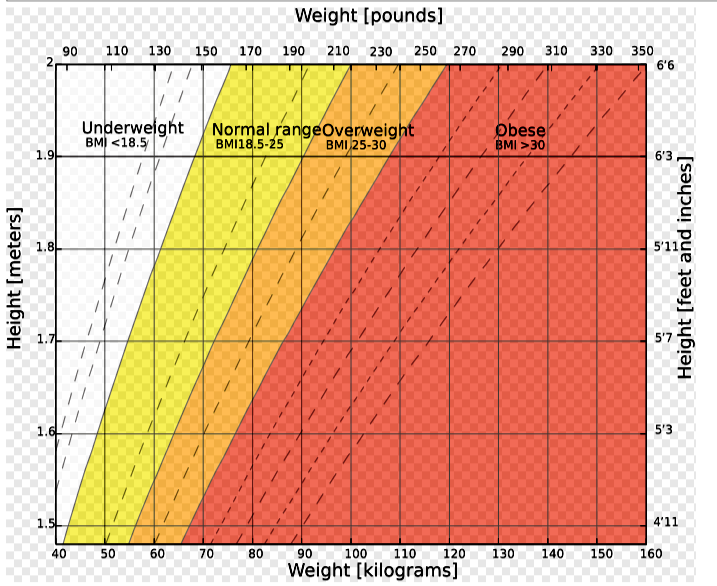One of the largest studies to examine the dangers of belly fat suggests that women and men with large waistlines are twice as likely to die younger than their smaller waistline friends. The study, funded by the American Cancer Society, showed that bigger waists carry a greater risk of death even for people whose weight is “normal” on a BMI (body mass index) standard.
The study appeared recently in the Archives of Internal Medicine and is the first of its kind to study waist size and death from too much belly fat. In the three groups of normal, overweight, and obese; waist size was linked to a higher risk of death. The study showed that even four extra inches around the waist increased the risk of dying from between 15 percent to 25 percent. People with bigger waistlines also had a higher risk of death caused by respiratory illness, heart disease, dementia, asthma, and cancer.
“Even if you haven’t had a noticeable weight gain, if you notice your waist size increasing that’s an important sign,” said lead author of the study Eric Jacobs of the American Cancer Society. “It’s time to eat better and start exercising more.”
For years doctors have used BMI indexes to gauge health and body fat and now are finding that BMI isn’t the only indicator of how healthy a person is. They are finding that BMI is only an indication of body fat in general, and it does not take into account where that excessive fat is, which is where the real dangers lie.
“This study has opened a lot of eyes to the dangers of belly fat and the serious health risks it poses upon us,” said Jacobs. “It is estimated that more than half of men over the age of 50 and more than 70 percent of women over the age of 50 have bigger waistlines than recommended. As baby boomers age, we will only continue to see more and more medical problems from an obese society.”
“Some older adults gain belly fat while they lose muscle mass,” commented Jacobs. “So they may not appear to be getting heavier, they are changing shape and that is taking a toll. A tape measure or a belt buckle may be telling you things the scale doesn’t.”
The best way to measure your waist is to use a tape measure starting at the top of your hip bone and bring it all the way around the belly button. Keep the tape level and make sure it is not too tight and you are not holding your breath, or “sucking it in.” The Archives of Internal Medicine recommend that men have a waist line of 35.4 for the lowest health risks, and women have a 29.5 or less waist line.
Dr. Samuel Klein, an obesity expert at Washington University School of Medicine in St. Louis says that, “The new study does show a link between waist size and mortality but it doesn’t pinpoint exactly how much belly fat is dangerous for normal, overweight, and obese people,” says Klein. “The 40-inch for men and 35-inch for women cutoff points are irrelevant for many people.”
So what can we do to reduce belly fat? The best advice is to lose weight by exercising and eating fewer calories. Reducing alcohol consumption also helps reduce belly fat because alcohol diminishes your metabolism rate and can increase the incidence of fat deposits on your body, including your stomach area. Cutting out junk foods and foods made with refined flour will also help you to lose belly fat.
“The best way to lose belly fat is the same advice for losing weight,” says Klein. “Eat fewer calories, burn more through walking, bicycling and other aerobic exercise. Sit-ups are useless,” Klein adds.
Get yourself down to an ideal weight first and you will find that the belly fat shrinks along with the rest of you. So save the sit-ups for after you lose the weight and focus more on a total body workout instead.
Share This



